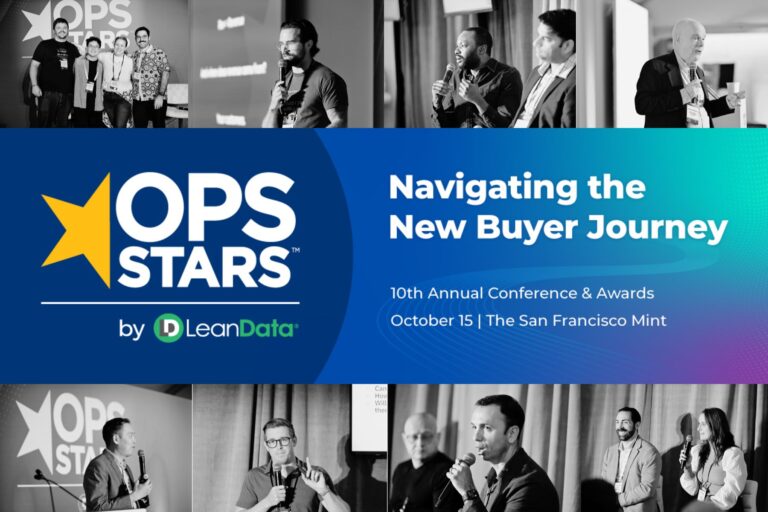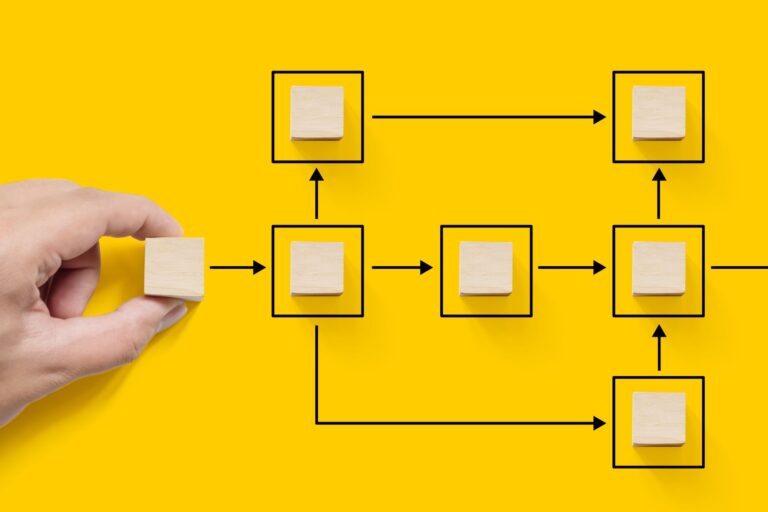Each buyer signal contains a wealth of information, but understanding buyer signals comes with a gigantic challenge.
We’ve all learned — some the hard way — that B2B buying journeys are decidedly digital-first. Buying journeys were trending that way for years, and the pandemic only accelerated the transition. Make no mistake about it, your website is the definitive front door of your business.
One effect of digital buying journeys is the explosion of buyer signals that are left behind, like so many footprints on a beach.

That gigantic challenge with buyer signals is … there’s so darn many of them. But, first things first, what exactly is a buyer signal?
What is a buyer signal?
A buyer signal is data — a clue, if you will — that is left behind during a buying journey. Examples abound, and they include website visits, blog post reads, email opens, content downloads, video views, webinar registrations and so much more.
Of course, buyer signals are not isolated to just digital buying journeys. They’re abundant in the physical world too, and include signals like visits to a trade show booth.
Throughout a buying journey, a buyer might bounce between physical and digital touchpoints with your company, leaving buyer signals at each. For example, a prospect might receive a direct mailer, read the content, then scan a QR code for an offer.
What’s important to your revenue team is that each and every action along the buying journey leaves a buyer signal, or it should if you have the proper measurement systems in place. But, before you can reply in both a timely and relevant manner, you first must understand what a particular buyer signal means in relation to the buying journey.
Signal management is the first step in modern revenue orchestration
Buyer signals contain a lot of data, and not all of it supplied by the lead who’s undergoing a buying journey. Technology solutions, like those from 6sense, for example, can enrich a lead’s record with a full complement of data, including intent data.
Your revenue team should not only collect buyer signal data, but also quickly collate, organize and analyze the data in a signal management process. Proper signal management makes data actionable, surfacing important buyer signals in order to be acted upon with the perfect Sales and/or Marketing play that fits the buyer’s need.
It’s not good enough to act quickly on buying signals. Speed is your enemy if you’re going in the wrong direction.
Rather, you have to respond quickly and in the right manner. You’re trying to facilitate the buying journey and level up your delivered customer experience. It’s precisely here where too many RevTech stacks flounder.
Revenue orchestration enables the right response at the right time
The RevTech stack is critical to facilitate a B2B organization’s go-to-market motions. Nothing kills effectiveness and efficiency like manual processes. However, too often, RevTech stacks are frozen, a collection of single-point solutions stuck in a different B2B buying era.
Today’s digital buying journeys stress the RevTech stack in two ways. First, is the abundance of buyer signals that need to not only be collected, but made sense of and made actionable. Second, those actionable buyer signals need to be paired with the relevant plays ready to be run by your Sales and Marketing teams. And, all that needs to be done at the speed of business, i.e., the speed of the internet more times than not.
Free your RevTech stack with modern revenue orchestration
New B2B buying journeys require an evolution in the RevTech stack. There’s too many great best-in-class category solutions to not unlock the potential of them all.
To get the most of your RevTech stack, ensure all its components seamlessly integrate and play nicely together. Don’t pay for a collection of superstars only to sit them on the bench where their talents aren’t fully utilized.
Start your RevTech stack with buyer signals. Collect, organize, analyze and make actionable. Use data enrichment and intent tools to better understand each prospect and route them to the appropriate person or automated play.
If it’s a person, that representative can then dial up the proper play, like, for instance, dialing the phone and placing a call. If the signal (or collection of signals) is routed to an automated play, solutions like sales engagement platforms (SEPs) and marketing automation platforms (MAPs) initiate their cadences, sequences and streams.
Your customers have choices, and they can switch from you to a competitor at the blink of a mouse click. Your experienced revenue team has all the plays and playmaking abilities. It’s critical your RevTech stack matches them up appropriately with buyer signals to deliver a world-class customer experience and transform those buyer signals into buying decisions.












